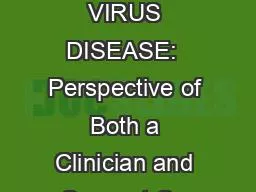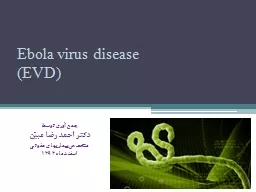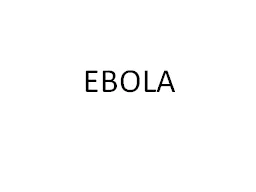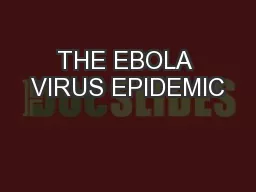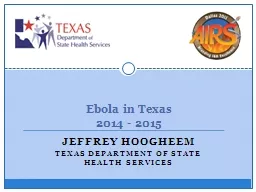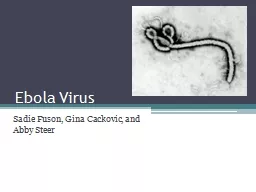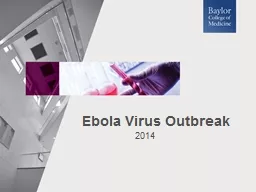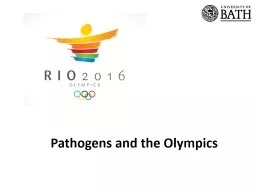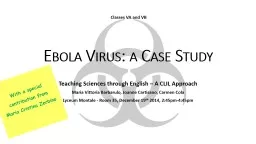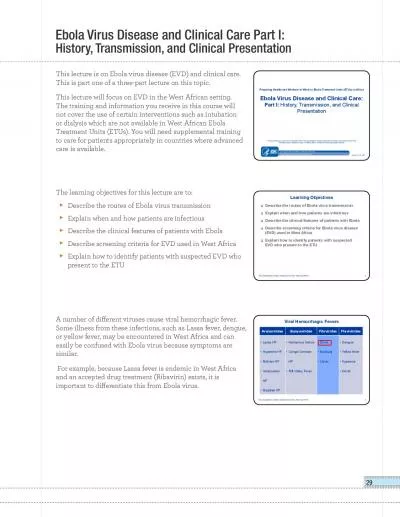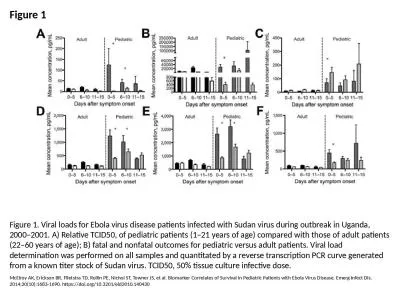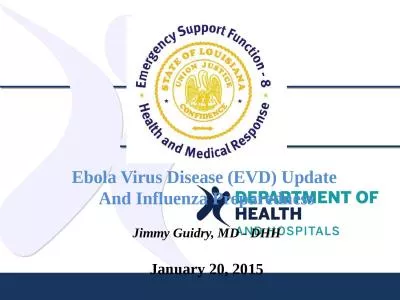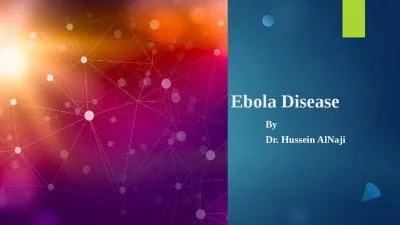PPT-EBOLA VIRUS DISEASE: Perspective of Both a Clinician and a Suspect Case
Author : funname | Published Date : 2020-06-23
Lewis Rubinson MD PhD Director Critical Care Resuscitation Unit R Adams Cowley Shock Trauma Center Associate Professor of Medicine University of Maryland School
Presentation Embed Code
Download Presentation
Download Presentation The PPT/PDF document "EBOLA VIRUS DISEASE: Perspective of Bot..." is the property of its rightful owner. Permission is granted to download and print the materials on this website for personal, non-commercial use only, and to display it on your personal computer provided you do not modify the materials and that you retain all copyright notices contained in the materials. By downloading content from our website, you accept the terms of this agreement.
EBOLA VIRUS DISEASE: Perspective of Both a Clinician and a Suspect Case: Transcript
Download Rules Of Document
"EBOLA VIRUS DISEASE: Perspective of Both a Clinician and a Suspect Case"The content belongs to its owner. You may download and print it for personal use, without modification, and keep all copyright notices. By downloading, you agree to these terms.
Related Documents

